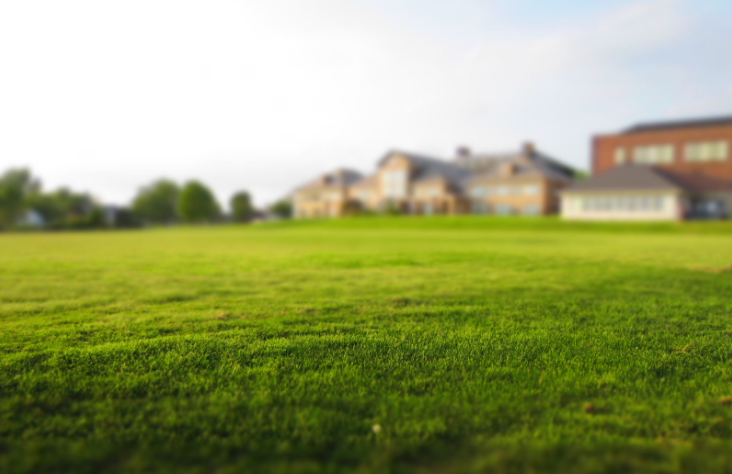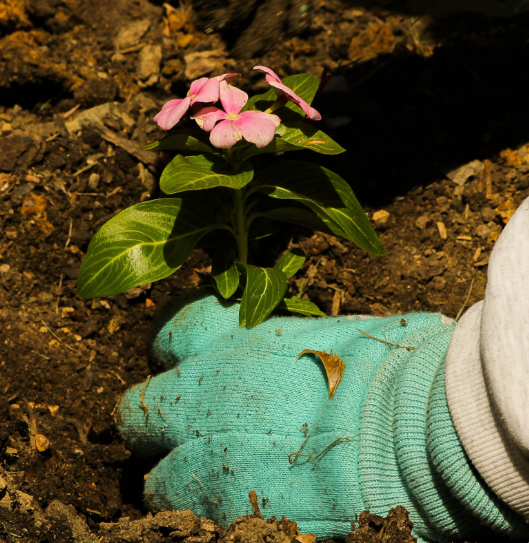How to Design Your Garden Lighting
How to Design Your Garden Lighting
Garden lighting is an important factor in creating a dynamic atmosphere for any outdoor space. Choosing the best garden lightning for each unique space can be a simple process when one understands the planning behind it. Whether the purpose of the lighting is to provide beauty or act as a functional element, it is a factor that should be properly planned when designing a garden area.
What Does Garden Lighting Do?
Garden lighting can be utilized in a very strategic way to enhance the overall look and feel, as well as function, of an outdoor space. When beginning the planning of garden lighting, one must decide which features in the space they want to highlight and place importance on (source). Figuring out the desired effect, lighting technique, and placement will be a crucial first step in deciding how to illuminate a landscape.
Where to Use Garden Lighting?
Knowing where the garden lightning will be installed is an important factor in choosing which type of lighting fixtures will work best. There are a number of places where lights can be installed and each area has its own function in shaping an entire landscape. Lights can be most useful in outdoor areas such as the driveway, home-side, rear yard, front entry, garage, steps, and paths. (source).
Types of Garden Lighting
Once a plan is in place and there are technical decisions behind the landscape lighting design, a person can select fixtures based on their ability to meet personal needs. Before choosing the lighting fixtures to best accent a specific garden space, it is important to understand the different types of garden light options. Each type of garden light adds a different element to the space and has a strong impact on the overall look, and feel, of the entire area. The most popular types of landscape lights include:
- Spotlights - These lights point in one specific direction and put an emphasis on a certain space or feature of the garden.
- Flood Lights - These fixtures are best used for illuminating a wide space and adding light coverage to a larger area.
- Up and Downlights - These lights fade in an elegant and approachable way, adding an elevated design element to outdoor spaces.
- Step Lights - To avoid accidental falls, these lights are installed vertically in spaces that might have raised platforms and tripping hazards.
- Garden Lights - Emphasizing the most beautiful garden elements and plants in an outdoor area can be best accomplished with garden lights.
- Bollard Lights - These lights sit on top of a post and shine in every direction to offer widespread illumination in an outdoor area.
- String Lights - Adding these subtle lights to a landscape can help to create a more design oriented atmosphere and mood, while offering adequate brightness in the dark.
Outdoor Light Bulbs
It is important to choose the correct light bulbs that are designed for outdoor use. These light bulbs will have a huge impact on saving energy and illuminating the space as efficiently as possible. Light bulbs that are incandescent or use too much wattage will use more energy than necessary and become a hassle in the long run. Low voltage light bulbs are the safest to use and install (source).
Properly lighting a garden is a process rooted in planning and understanding. The reward for properly placed lighting fixtures will be a beautiful outdoor garden space, with emphasized features and illumination in the night. With a layout of design elements in mind and a knowledge of various fixtures, one can successfully design their outdoor space with the lights that best compliment it.
Call our team today if you have any questions!
You might also like





